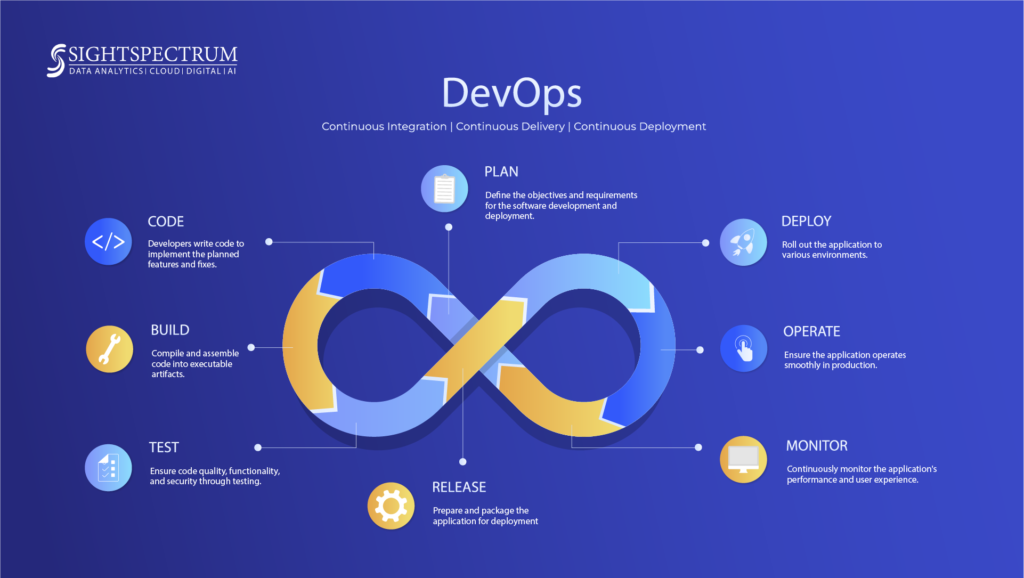
CI/CD is an essential part of DevOps. A purpose-built CI/CD platform can maximize development time by improving an organization’s productivity, increasing efficiency, and streamlining workflows through built-in automation, testing, and collaboration. Automation makes processes predictable and repeatable so that there is less opportunity for error from human intervention. DevOps teams gain faster feedback and can integrate smaller changes frequently to reduce the risk of build-breaking changes. Making DevOps processes continuous and iterative speed up the software development lifecycle so that organizations can ship more.
Continuous integration (CI) integrates all the code changes into a branch (main) of a shared source code repository early and often, automatically testing each change when it is committed, and automatically kicking off a build. With continuous integration, errors and security issues can be identified and fixed more easily, and much earlier in the development process.
Continuous delivery (CD) works along with CI to automate the infrastructure provisioning and application release process. Once code has been is built and tested as part of the CI process, CD takes over during the final stages to ensure it’s packaged with everything it needs to deploy to production at any time. Then you can trigger the deployments manually or move to continuous deployment, where deployments are automated as well.
Continuous Deployment enables organizations to deploy their applications automatically, eliminating the need for human intervention. With continuous deployment, DevOps teams set the criteria for code releases ahead of time and when those criteria are met and validated, the code is deployed into the production environment. This allows organizations to be nimbler and get new features into the hands of users faster.
Continuous Testing is a software testing practice where tests are continuously run in order to identify bugs as soon as they are introduced into the codebase. In a CI/CD pipeline, continuous testing is typically performed automatically, with each code change triggering a series of tests to ensure that the application is still working as expected. This can help to identify problems early in the development process and prevent them from becoming more difficult and costly to fix later on. Continuous testing can also provide valuable feedback to developers about the quality of their code, helping them to identify and address potential issues before they are released to production.